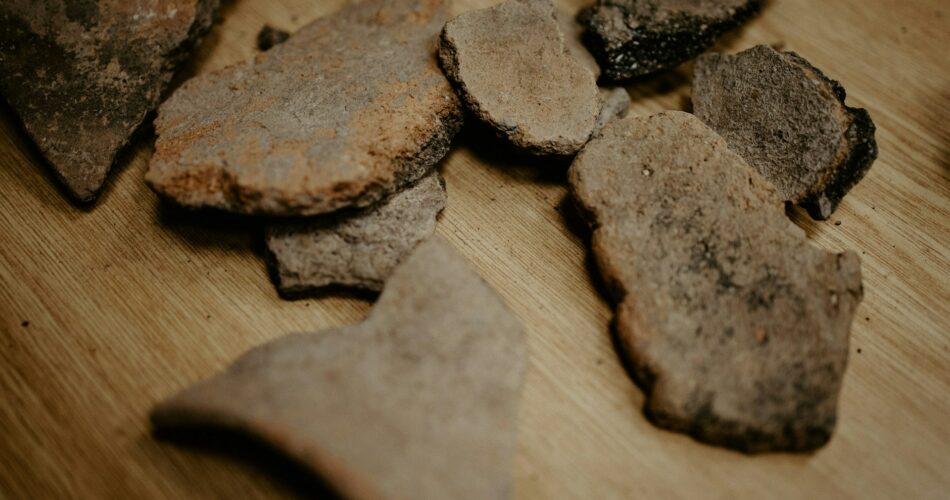It’s a 2,700 year old seal.
Archaeologists in Israel have made a significant find—a stone seal estimated to be around 2,700 years old from the First Temple period. This discovery, revealed at the City of David National Park in Jerusalem, is notable for its depiction of a winged figure with one arm extended and an open palm. The find, announced by the Israeli Antiquities Authority, was uncovered during excavations near the Southern Wall of the Temple Mount within the Davidson Archaeological Garden.
The seal is inscribed with the paleo-Hebrew script “LeYehoʼezer ben Hoshʼayahu,” and the winged figure is styled in a manner reminiscent of Neo-Assyrian art. This suggests that Assyrian influence reached this region as early as the ninth century B.C. According to excavation directors Yuval Baruch and Navot Rom, the seal stands out for its artistic quality, being one of the most exceptional artifacts discovered in ancient Jerusalem.
This find challenges previous assumptions about literacy in antiquity, indicating that reading and writing skills may have been more widespread than once believed, particularly for trade and administrative purposes. The name “Yehoʼezer” on the seal has connections to biblical characters, adding to its historical importance.
Ze’ev Orenstein from the City of David Foundation emphasized that this discovery contributes to the growing body of archaeological evidence affirming Jerusalem’s biblical legacy. Together with recent findings from a drainage channel dating to the Second Temple period, this seal enriches our understanding of the city’s history and its gradual decline leading up to its destruction in 70 A.D.
